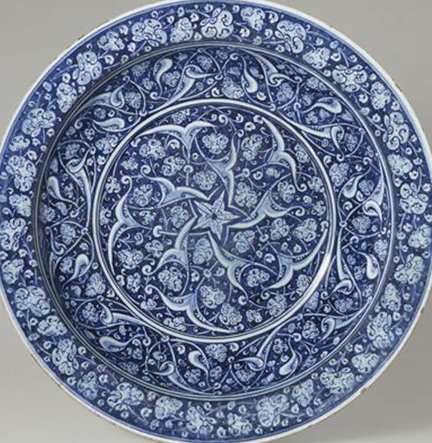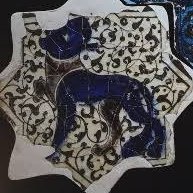Detail of an illustration from Yumi Tamura's BASARA manga (Princess Ginko / The White King's golden phoenix hairpin w/ ruby)
vs
Crown Princess Uimin's phoenix hairpin. Korea (made in 1922). Collection of National Palace Museum Korea
#BASARA #田村由美 #shojo #illustration

vs
Crown Princess Uimin's phoenix hairpin. Korea (made in 1922). Collection of National Palace Museum Korea
#BASARA #田村由美 #shojo #illustration


• • •
Missing some Tweet in this thread? You can try to
force a refresh
























